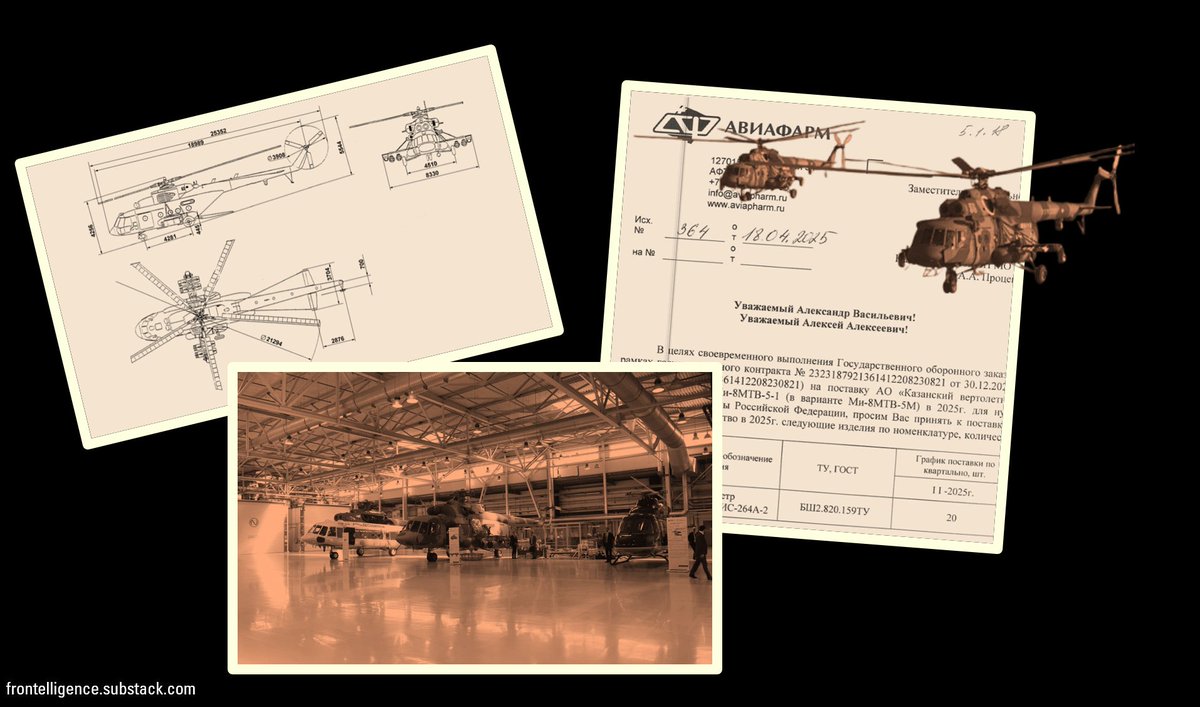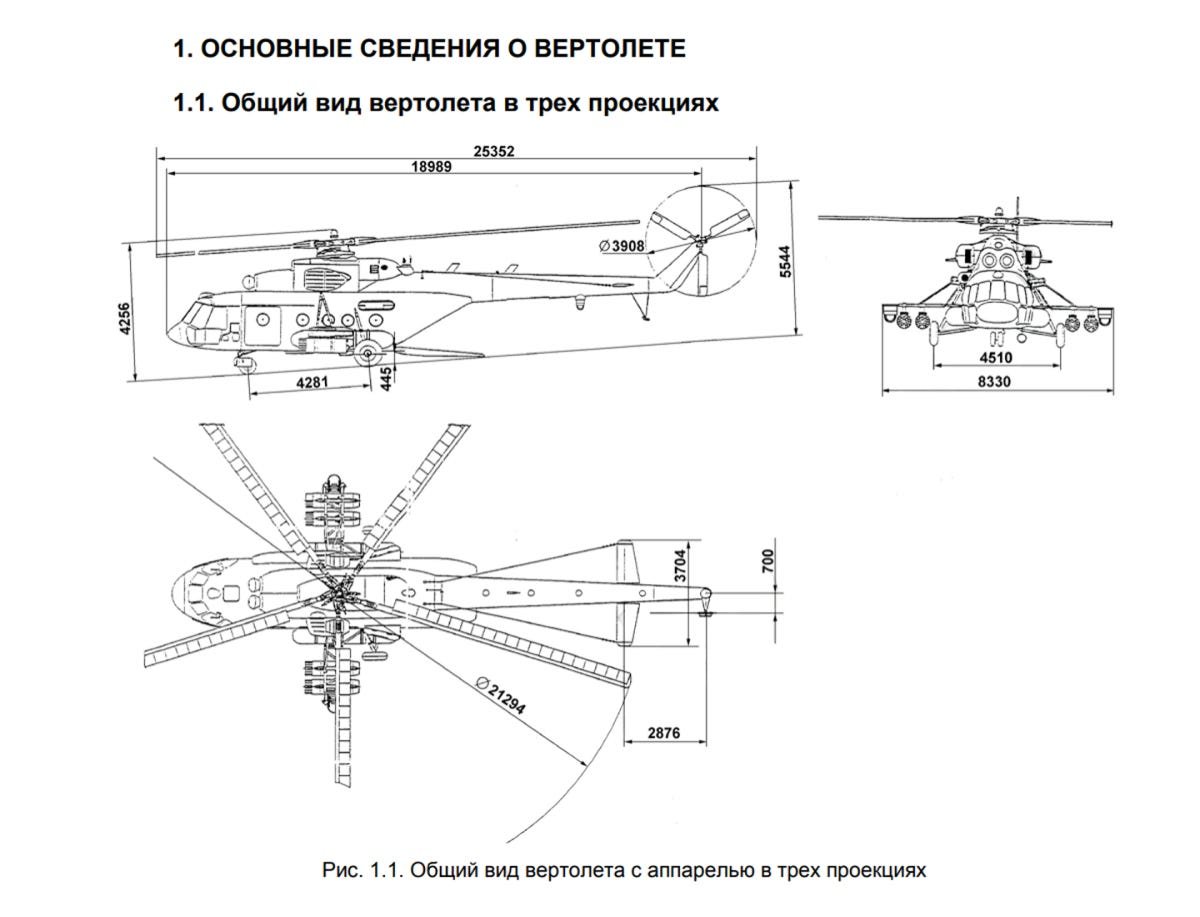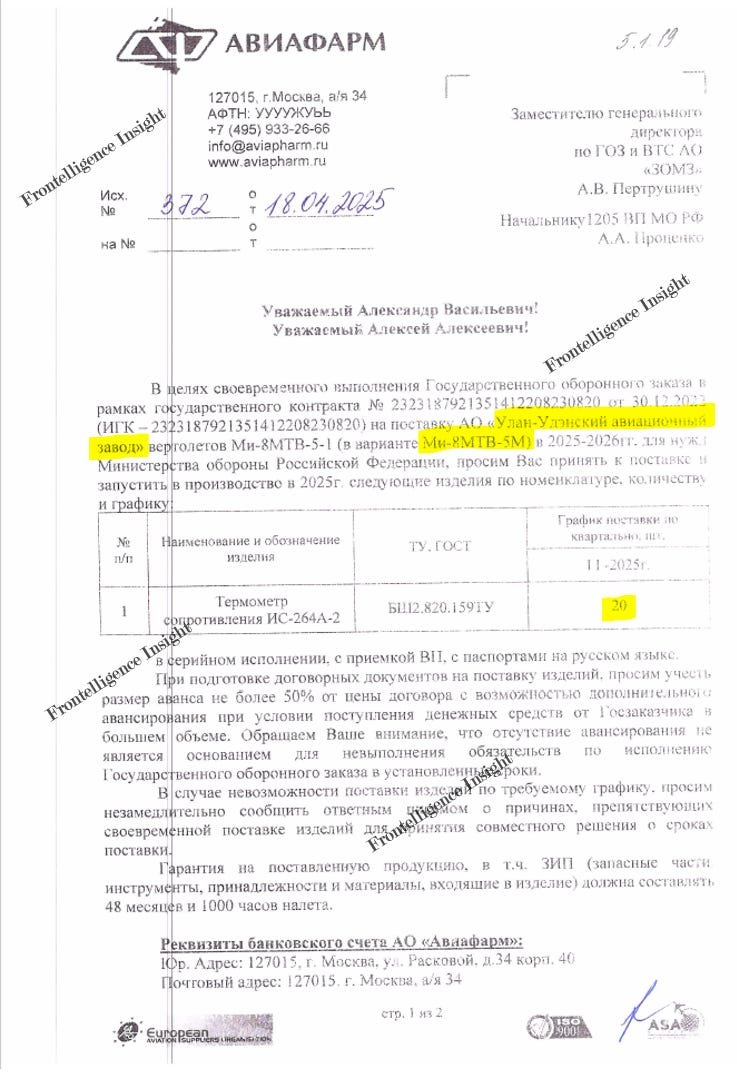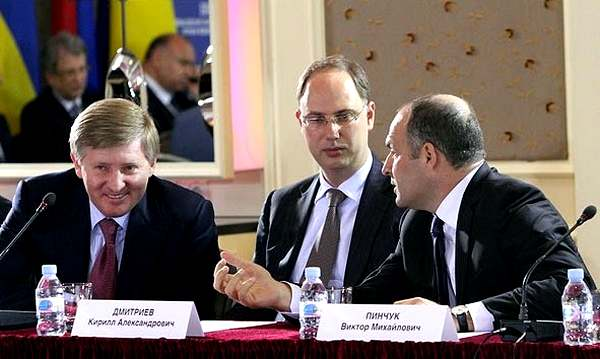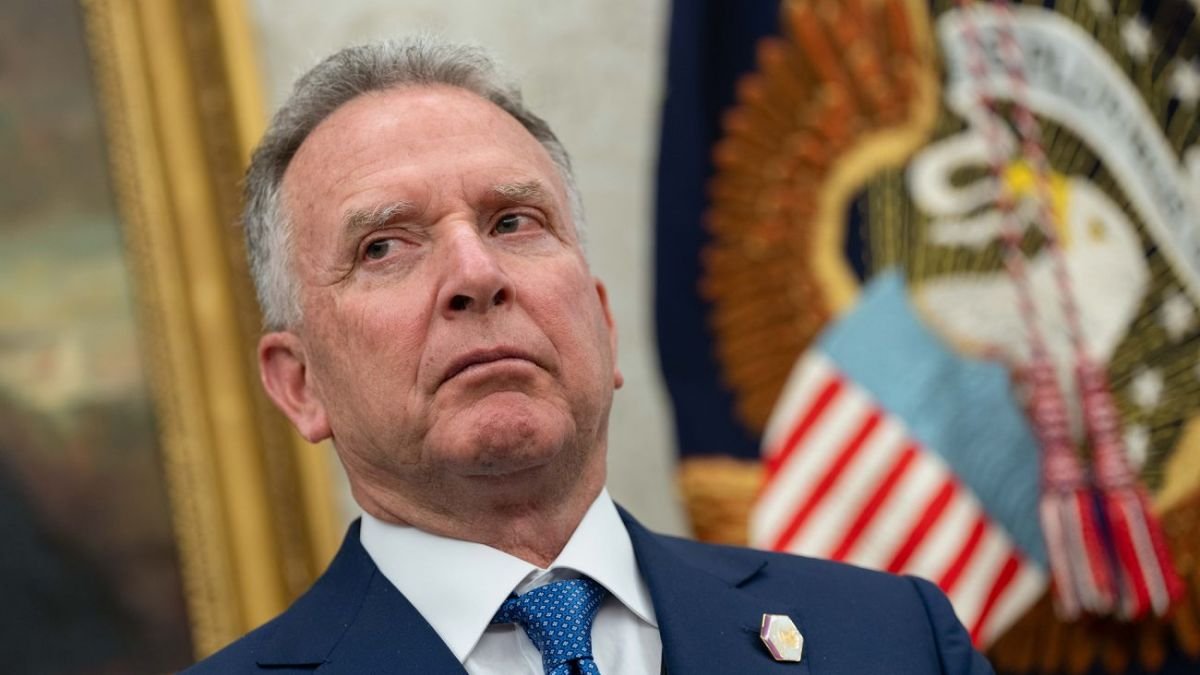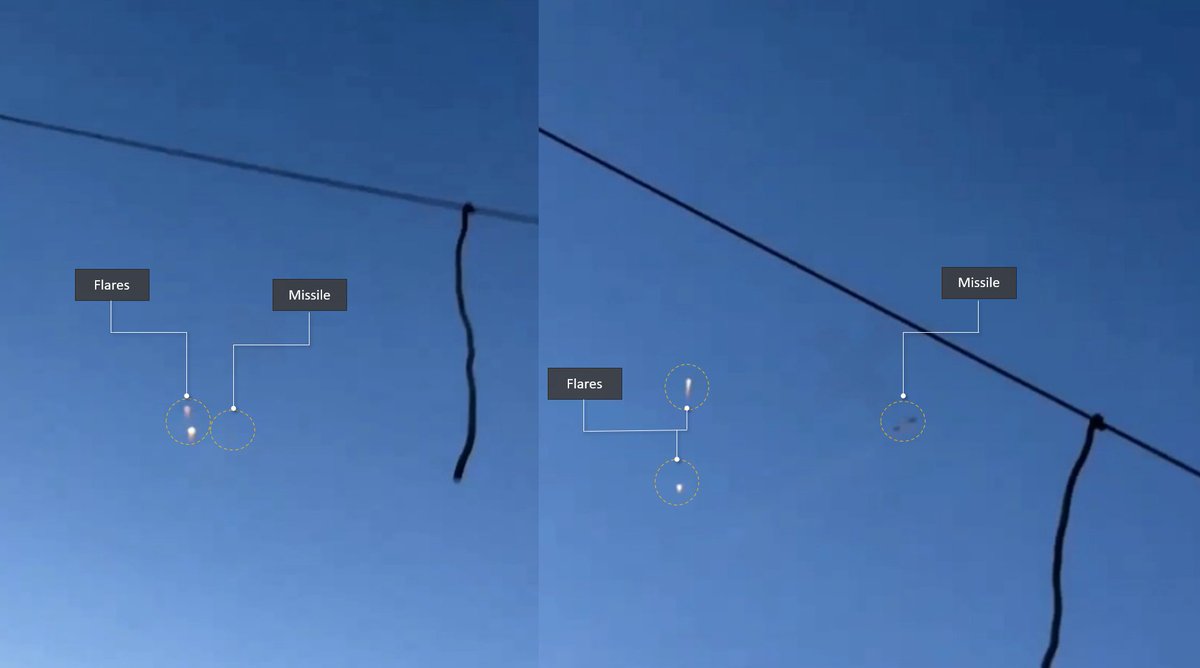This thread analyzes the situation at Berdyans'k airport, focusing on russian helicopters. Amid the ongoing offensive, observers may find it puzzling that these helicopters remain unscathed at their base in Berdyans'k, enabling them to swiftly access the frontlines. 

2/ The russian air threat persists in this counter-offensive, demanding additional consideration. One strategy involves neutralizing helicopters on the ground before they take flight. While the airfield is within Ukraine's long-range capabilities, the situation is more complex 

3/ One major challenge is the significant spacing between helicopters, making it difficult to effectively target them with a single missile. Given the limited availability of long-range weapons, using a missile that may or may not destroy some Mi-24s becomes hard to justify. 

4/ The reason why I use "may or may not" is due to the presence of substantial air defense systems both inside and outside the airport perimeter. This means that launching a missile doesn't guarantee success, as it could face countermeasures. 

5/ Other options, like a massive missile launch combined with drones to overwhelm defenses, may seem viable, but cost-efficiency becomes a significant concern in such scenarios.
This is where GLSDB (Ground-Launched Small Diameter Bomb) can prove highly valuable
This is where GLSDB (Ground-Launched Small Diameter Bomb) can prove highly valuable

6/ The weapon's operational range, relatively low cost (compared to ATACMS or Stormshadow), and capability to evade specific countermeasures make it a potential game-changer in situations like this
7/ Until then, significant efforts and creativity will be required to destroy these targets.
This thread and imagery were made possible thanks to your generous donations via Buy Me a Coffee. More imagery is on the way. Thank you once again, and don't forget to like and share!
This thread and imagery were made possible thanks to your generous donations via Buy Me a Coffee. More imagery is on the way. Thank you once again, and don't forget to like and share!
• • •
Missing some Tweet in this thread? You can try to
force a refresh


